Pie Hoe (aka Grape Pie Hoe)
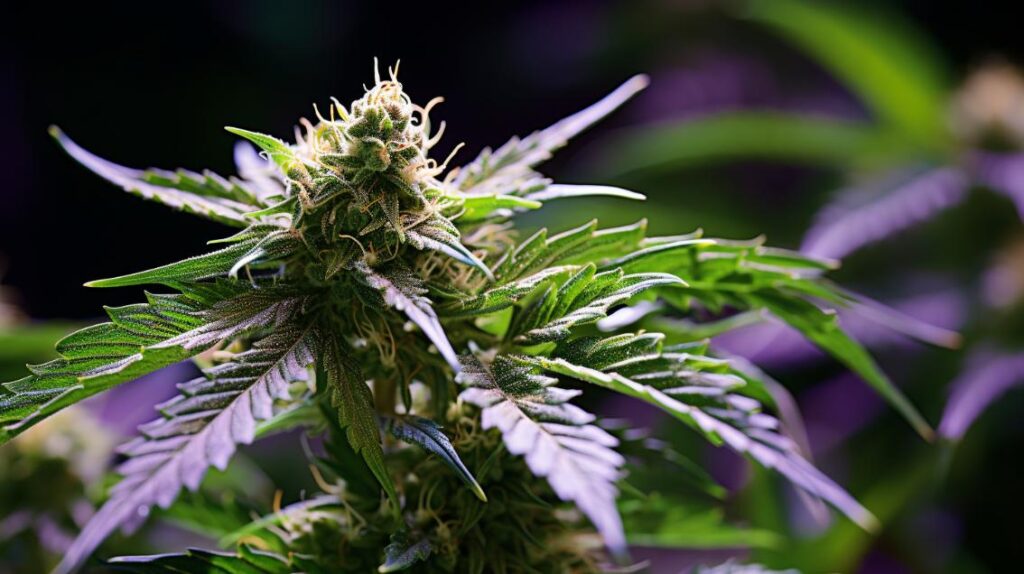
The Pie Hoe strain, a product of meticulous breeding by Cannarado, merges the aromatic profiles and effects of Grape Pie and Tahoe OG, resulting in a hybrid that intrigues both connoisseurs and casual users. Its balanced ratio of sativa to indica promises a unique interplay of relaxation and invigoration, potentially offering therapeutic benefits for those grappling with stress, depression, and pain.
However, the complexity of Pie Hoe extends beyond its primary effects, encompassing a rich terpene profile and a nuanced spectrum of THC and CBD levels. As we examine its genetic lineage, chemical composition, and reported user experiences, a question emerges: How does Pie Hoe compare to its progenitors and other strains within its lineage, and what does this tell us about its potential applications and limitations?
Genetic Lineage
The Pie Hoe strain emerges from a meticulously engineered genetic cross between Grape Pie and Tahoe OG, created by the renowned Cannarado Genetics. This sophisticated breeding process has given rise to a uniquely balanced hybrid, exhibiting a perfect 50% sativa and 50% indica genetic makeup. Cannarado Genetics, a name synonymous with innovation in cannabis cultivation, has utilized its extensive experience to blend the distinct characteristics of Grape Pie and Tahoe OG, ensuring that Pie Hoe stands out in a crowded market of hybrid strains.
Grape Pie, known for its sweet, fruity flavors, contributes a delectable complexity to the Pie Hoe profile. On the other hand, Tahoe OG, a variant celebrated for its potent, dank OG essence, infuses Pie Hoe with a depth of aroma and flavor that is both pungent and unmistakably OG. The deliberate combination of these two genetic lineages results in Pie Hoe’s distinctive gassy, fruity, and pungent aroma, a testament to the thoughtful and precise genetic craftmanship of Cannarado Genetics. This careful curation of genetics not only underscores the strain’s unique appeal but also highlights the meticulous approach to strain development characteristic of Cannarado Genetics.
THC/CBD Content
Having explored the genetic lineage of the Pie Hoe strain, it is crucial to examine its notable THC/CBD content, which stands as a significant aspect of its appeal to consumers. Pie Hoe distinguishes itself with an average THC content of 26%, peaking at 28% in some samples. This potency significantly surpasses the typical average for Indica strains, which is around 12% THC, highlighting Pie Hoe’s exceptional strength. When compared to the broader cannabis market, where the average THC content, as reported by Wikileaf, stands at 18%, Pie Hoe’s potency becomes even more pronounced. Moreover, the highest THC content recorded on Wikileaf is 35%, positioning Pie Hoe closer to the upper echelons of THC potency in the cannabis world.
This high THC content suggests that Pie Hoe may offer profound psychoactive effects, potentially beneficial for medical patients seeking relief from conditions such as chronic pain, insomnia, or anxiety. However, the significant THC level also indicates that Pie Hoe might be more suited to experienced cannabis users, as the potent effects could be overwhelming for novices. The technical analysis of Pie Hoe’s THC/CBD content underscores its potential medical applications and effects, contributing to its popularity and therapeutic value.
Terpene Profile
Pie Hoe strain’s terpene profile, rich in myrcene, caryophyllene, and limonene, plays a pivotal role in defining its unique sensory experiences and therapeutic potential. The interplay of these terpenes not only influences the strain’s aromatic and flavor profiles but also contributes to its purported health benefits. A closer examination reveals the complexity and significance of each terpene within this strain:
-
Myrcene: Known for its earthy and herbal aroma, myrcene is the cornerstone of Pie Hoe’s distinctive scent. Beyond its olfactory appeal, myrcene is speculated to possess sedative qualities, potentially enhancing the strain’s relaxation effects.
-
Caryophyllene: Adding a spicy and peppery layer to the strain’s aroma, caryophyllene stands out for its potential anti-inflammatory properties. This terpene could play a crucial role in mitigating pain and inflammation, making Pie Hoe a strain of interest for therapeutic applications.
-
Limonene: With its refreshing citrusy scent, limonene not only contributes to the strain’s inviting aroma but may also aid in mood elevation and stress relief. Its presence underscores the strain’s potential as a multifaceted tool for enhancing well-being.
Understanding the terpene profile is essential for users to anticipate the flavors, aromas, and potential therapeutic effects of Pie Hoe strain. This knowledge empowers users to make informed choices about their cannabis experiences, tailoring use to their specific preferences and needs.
Effects
Exploring the terpene profile of the Pie Hoe strain reveals its complex aromatic and therapeutic potential; similarly, understanding its effects provides insight into its psychoactive and medicinal impact. The Pie Hoe cannabis strain, distinguished by its higher THC potency relative to average strains, orchestrates a unique symphony of effects that cater to both recreational and therapeutic needs. Users commonly report a nuanced onset of arousal, characterized by an increase in giggles and tingling sensations, which underscores the strain’s capability to elevate mood and induce euphoria. This balance between calming and energizing effects positions Pie Hoe as a versatile strain within the cannabis spectrum.
However, the potency of Pie Hoe also brings with it potential negative side effects, including anxiety, paranoia, and headaches. These adverse reactions highlight the importance of moderation and individual sensitivity considerations, especially for users prone to anxiety or stress. Despite these possible drawbacks, Pie Hoe’s efficacy in alleviating stress, depression, and pain underscores its therapeutic value. The strain’s ability to address such a wide array of psychological and physical discomforts, while also offering a uniquely pleasurable experience, attests to its complex biochemical composition and its potential as a multifaceted therapeutic agent.
Medical Uses
The therapeutic applications of the Pie Hoe strain encompass a wide range of medical conditions, including insomnia, chronic pain, and depression, attributed to its significant THC content of 26%. This potent composition makes it a sought-after choice for individuals seeking relief from these ailments. The strain’s effectiveness in the medical arena is underscored by several key factors:
-
Sleep Quality Improvement: Pie Hoe is particularly lauded for its ability to enhance sleep quality, making it an excellent option for patients suffering from insomnia. Its mild sedative effects contribute to a more restful night without the overpowering drowsiness associated with some sedative strains.
-
Pain and Inflammation Management: With its potent THC content, Pie Hoe provides significant relief from chronic pain and inflammation. Users report effective alleviation of conditions such as arthritis and muscle tension, highlighting its broad therapeutic potential.
-
Stress and Anxiety Relief: The strain’s calming effects also extend to psychological benefits, offering respite for individuals dealing with chronic stress and anxiety. This makes Pie Hoe a versatile choice for both physical and mental health concerns.
Analyzing these aspects, it’s evident that Pie Hoe’s medical uses are multifaceted, catering to a wide spectrum of symptoms and conditions with noteworthy efficacy.
Flavor and Aroma
Beyond its medical applications, a distinctive aspect of the Pie Hoe strain lies in its complex flavor and aroma profile, characterized by an intricate blend of herbal berries, nutty diesel, and a subtle hint of grapes. This combination presents a sophisticated sensory experience that is both unique and memorable.
The aroma of Pie Hoe is particularly notable for its fusion of berries, diesel, and spices, creating an olfactory experience that is as rich as it is varied. This aromatic complexity is indicative of the strain’s diverse terpene profile, which contributes to both its scent and its taste.
The flavor profile of Pie Hoe further enhances the consumer’s experience by delivering a harmonious blend of herbal, berry, nutty, and diesel notes, with the subtlety of grape undertones adding an additional layer of complexity. This multifaceted flavor palette ensures that Pie Hoe stands out in the cannabis market, offering a strong and distinctive taste that sets it apart from other strains. Users can thus expect a deeply flavorful experience that is consistent with the strain’s aromatic promise, underscoring Pie Hoe’s reputation for providing a unique and richly nuanced sensory journey.
Appearance
Reflecting its complex flavor profile, the Pie Hoe strain presents a visually striking appearance, characterized by buds that resemble oversized grapes adorned with orange hairs and a coating of amber trichomes. This particular visual attribute not only sets it apart in the cannabis market but also hints at the potent and unique sensory experience it offers. The distinctiveness of Pie Hoe’s appearance is emblematic of its robust genetic lineage, contributing to its appeal among connoisseurs and casual users alike.
To better appreciate the nuances of Pie Hoe’s appearance, consider the following aspects:
- Size and Shape: The buds are notably large, mirroring the appearance of oversized grapes. This unique morphology not only contributes to its visual appeal but also suggests a dense and rich cannabinoid and terpene profile.
- Coloration: A vivid display of orange hairs contrasts sharply against the deeper green hues of the buds, creating an eye-catching visual palette that is both appealing and indicative of its quality.
- Trichome Coverage: The generous coating of amber trichomes is a hallmark of Pie Hoe’s appearance, suggesting a high potency level and a rich, complex flavor profile.
The technical, detailed, and analytical examination of Pie Hoe’s appearance reveals a strain that is as visually appealing as it is potent, offering a distinctive and memorable cannabis experience.
Grow Information
Having explored the distinctive visual characteristics of the Pie Hoe strain, attention now shifts to its cultivation requirements and growth patterns, which are crucial for achieving its remarkable potency and flavor profile. Originating from Cannarado Genetics and selected for cultivation by the renowned Jungle Boyz in Los Angeles, Pie Hoe is a unique cannabis strain that combines the luscious flavors of Grape Pie with the robust, enduring effects of Tahoe OG strains. This blend not only ensures a gassy, fruity, and pungently delightful experience but also demands precise cultivation practices to fully express its genetic potential.
| Factor | Indoor Cultivation | Outdoor Cultivation |
|---|---|---|
| Environment | Controlled climate; optimized lighting and humidity | Natural light; protected from extreme weather |
| Yield | High, with dense, resinous buds | Slightly variable, depending on climate |
| Flowering Time | Approximately 8-9 weeks | Harvest in late September to early October |
Cultivating the Pie Hoe strain requires attentiveness to environmental conditions, whether indoors or outdoors. Indoors, growers can achieve optimal results by precisely regulating temperature and humidity levels, whereas outdoor cultivation benefits from a warm, sunny climate to maximize yield and potency. The high produced by this strain is notably potent and long-lasting, appealing to both recreational and medicinal users for its ability to offer a deep, relaxing experience.
Adverse Effects
While the Pie Hoe strain boasts a potent and enjoyable high, it is crucial to acknowledge the potential adverse effects it may induce, including anxiety, paranoia, and headaches. The manifestation of these effects is not uniform across all users but can significantly impact those with lower tolerance or those who consume higher doses than their bodies can comfortably handle.
To elucidate, consider the following adverse effects reported by users:
-
Anxiety and Paranoia: These psychological effects are among the most commonly reported. They can range from mild unease to severe panic attacks, often exacerbated by higher dosages.
-
Headaches: Some users experience headaches as a direct aftermath of consumption, which might be attributed to the strain’s potency or dehydration often accompanying cannabis use.
-
Increased Heart Rate and Dry Mouth: These physiological reactions are also notable, with some individuals reporting a significant uptick in heart rate, contributing to feelings of discomfort or anxiety. Dry mouth, while less concerning, is a frequent accompaniment.
Adverse reactions can vary depending on individual tolerance and dosage, emphasizing the importance of starting with low doses to gauge personal tolerance and minimize potential adverse effects. This analytical approach allows users to enjoy the benefits of the Pie Hoe strain while mitigating its possible negative impacts.
Comparisons with Similar Strains
Acknowledging the potential adverse effects of the Pie Hoe strain sets the stage for a comparative analysis with similar strains, focusing on genetic lineage, THC content, and user-reported effects. Pie Hoe, a hybrid offspring of Grape Pie and Tahoe OG, bears a distinct genetic blueprint that contributes to its unique flavor profile of herbal berries, nutty diesel, and hints of grapes, setting it apart from its progenitors and peers.
Its THC potency, averaging 26% and peaking at 28%, surpasses the average indica strain’s THC level of approximately 12%, and even outstrips the Wikileaf average of 18%. This higher THC content translates to more pronounced euphoric and uplifting cerebral effects, alongside deep relaxation and near-sedation beneficial for stress relief and sleep improvement.
The strain’s flavor profile, combining berries, diesel, and spices with undercurrents of herbs, nuts, and subtle grape nuances, further distinguishes Pie Hoe from similar strains. Compared to strains with similar genetic backgrounds, Pie Hoe’s potency and unique flavor profile underline its distinctiveness in the cannabis market, offering users an intense, multifaceted experience not easily replicated by other strains.
Research and Studies
Recent studies on the Pie Hoe strain, an indica-dominant hybrid, have illuminated its significant THC content of 26%, alongside its unique ability to induce relaxation and euphoria, making it a subject of interest for both recreational and medicinal purposes. This cannabis strain stands out due to its potent effects and distinctive flavor profile, which have been the focus of recent research efforts.
Key findings from these studies include:
-
High THC Levels: Comparative analysis has identified Pie Hoe’s average THC content at 26%, which is significantly higher than the 12% average THC content found in most indica strains. This high THC level is associated with its strong relaxation and euphoric effects.
-
Therapeutic Benefits: Research indicates that Pie Hoe is effective in alleviating symptoms of anxiety, muscle tension, and pain. It has also shown promising results in easing symptoms of arthritis, making it a valuable strain for medicinal cannabis users seeking relief from these conditions.
-
Unique Flavor Profile: Pie Hoe is known for its complex flavor profile, featuring notes of herbs, berries, nuts, and diesel with grape undertones. This unique combination contributes to its popularity among cannabis connoisseurs.
History and Origin
The Pie Hoe cannabis strain, a distinguished indica-dominant hybrid, owes its inception to the innovative breeding efforts of Cannarado Genetics in Colorado, where it emerged from the crossbreeding of Grape Pie and Tahoe OG strains. This creation process meticulously combined the unique attributes of both parent strains, aiming to produce a variant that encapsulates the compelling dank OG essence and the nuanced grape flavor profile synonymous with Grape Pie. The resultant strain, Pie Hoe, stands as a testament to the sophisticated breeding techniques employed by Cannarado Genetics, demonstrating their prowess in the cultivation of premium cannabis varieties.
Upon its development, Pie Hoe was sent to the Jungle Boyz in Los Angeles, a move that signified the strain’s entry into a highly competitive market. This transition underscores the collaborative nature of the cannabis industry, where genetics are often shared and refined across state lines. The Pie Hoe strain, characterized by its gassy, fruity, and pungently aromatic qualities, quickly distinguished itself within the market. Its mostly indica lineage contributes to a robust profile that combines the sedative effects of Tahoe OG with the sweet, fruity undertones of Grape Pie, showcasing a harmonious blend of both parent strains’ most desirable traits.
Frequently Asked Questions
Is Pie Hoe Indica or Sativa?
Addressing the inquiry, it is essential to analyze the genetic composition and characteristics of the subject matter. The classification of indica or sativa is not binary; instead, it encompasses a spectrum influenced by genetics, THC content, flavor profile, medicinal uses, and growth habits.
What Is Considered the Strongest Indica Strain?
Determining the strongest indica strain involves a detailed THC content analysis, considering indica effects, medicinal benefits, and growth conditions. This comparison often includes both pure indicas and indica-dominant hybrids, examining their potency and therapeutic potential.
Is Pie Crust Strain Sativa or Indica?
The Pie Crust strain, characterized by its unique terpene profile and genetics, leans towards an indica-dominant hybrid. It combines medical benefits and recreational effects, despite cultivation challenges, offering a balance between relaxation and upliftment.
Is Pie Face a Indica or Sativa?
Pie Face strain, distinct in its genetics, predominantly leans towards indica. Its THC levels, terpene profile, and cultivation methods are critically reviewed by consumers, highlighting its balanced effects and aromatic richness, according to various consumer reviews.

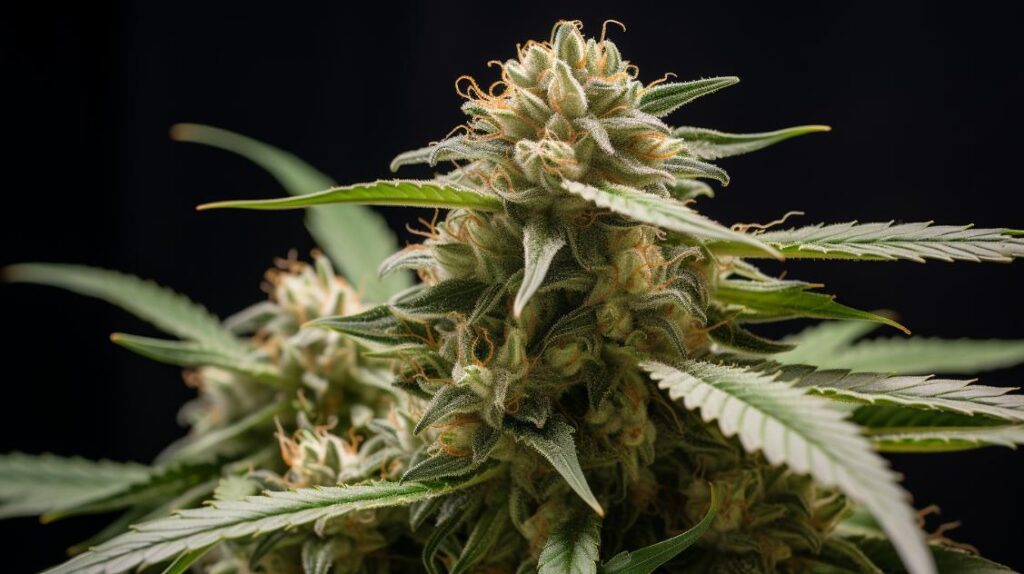
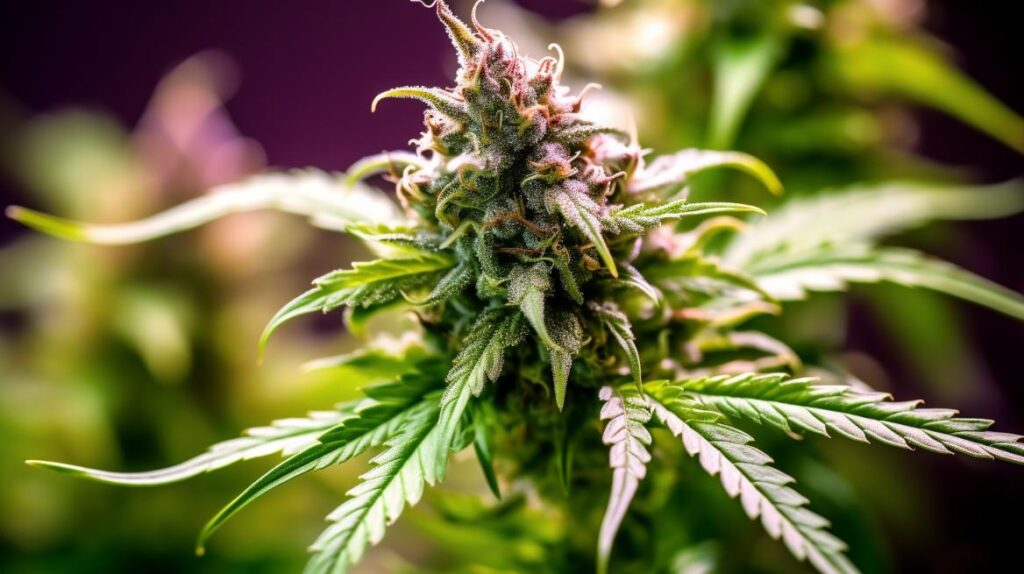
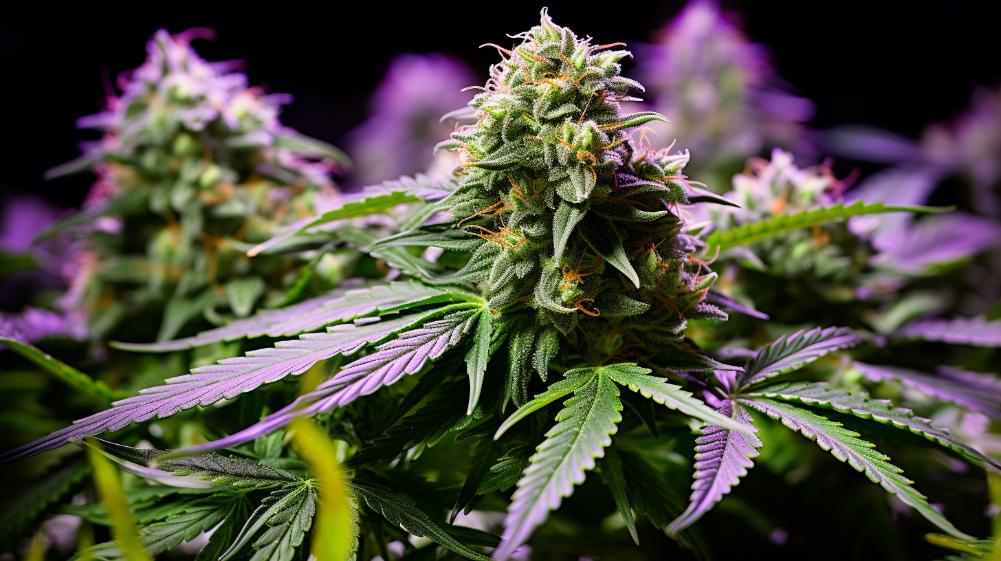
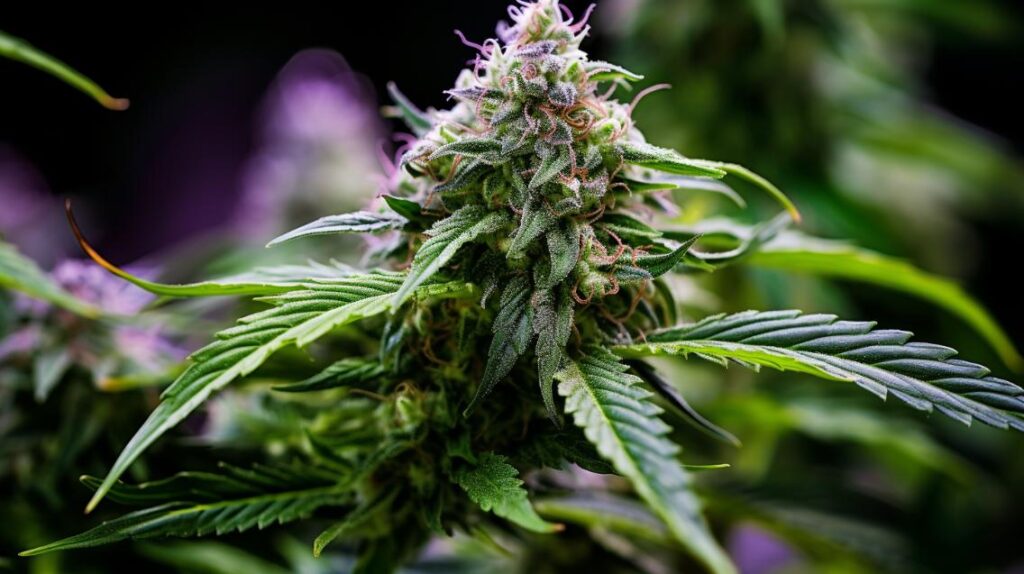
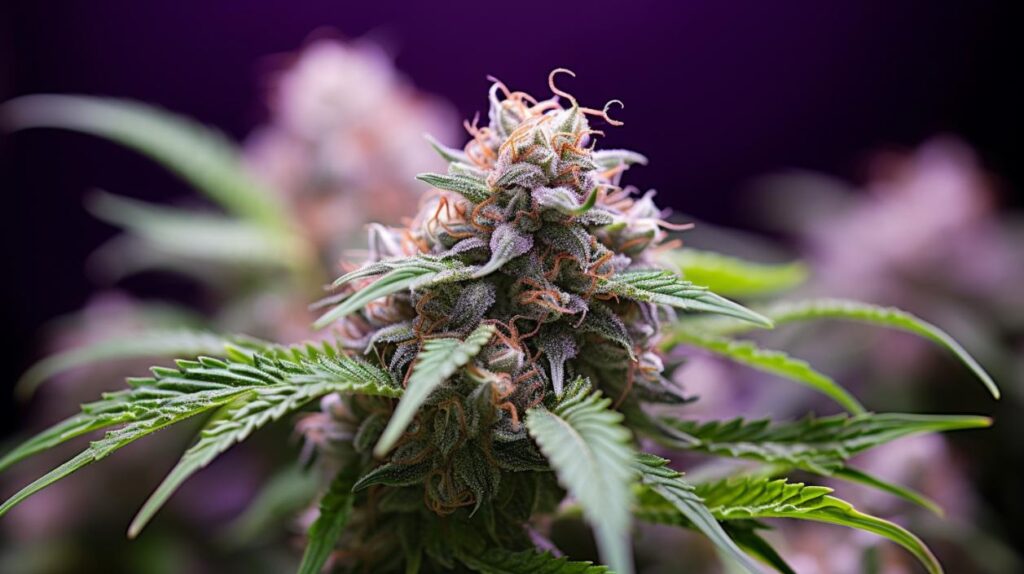

Responses